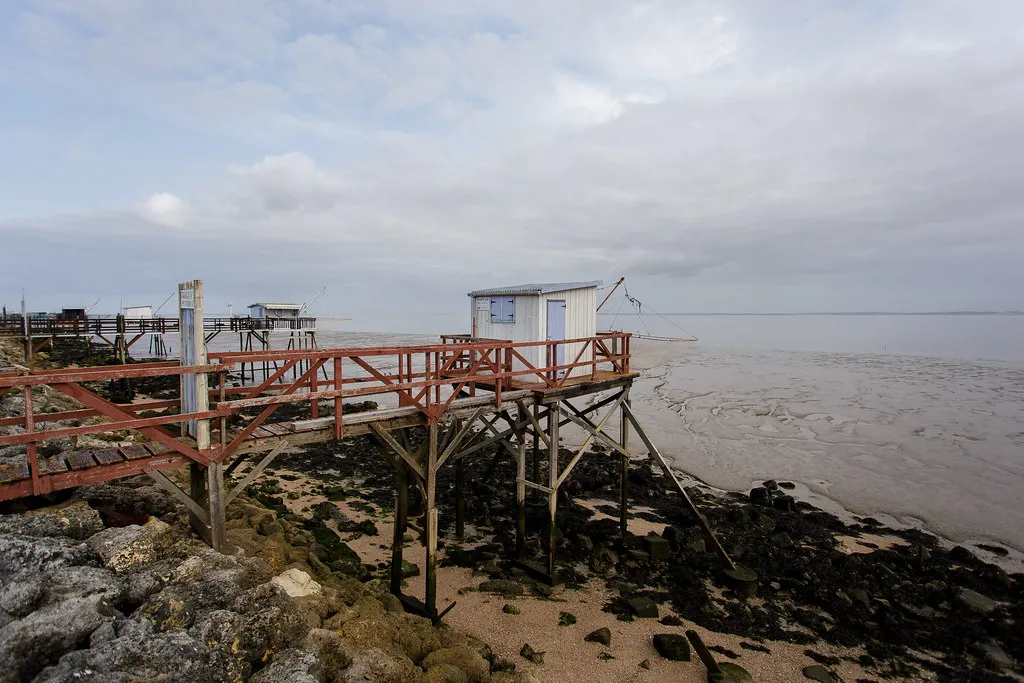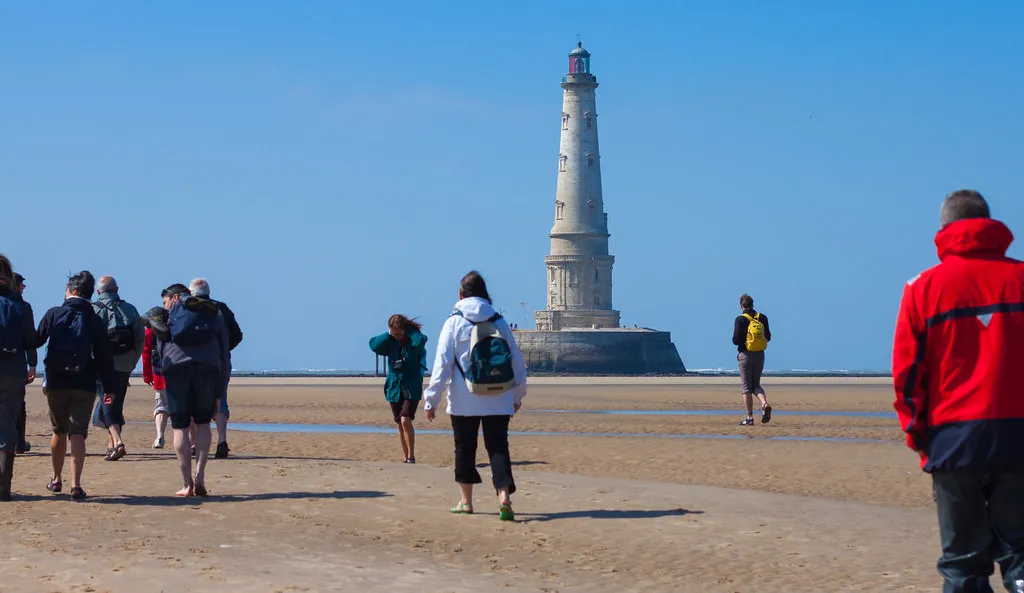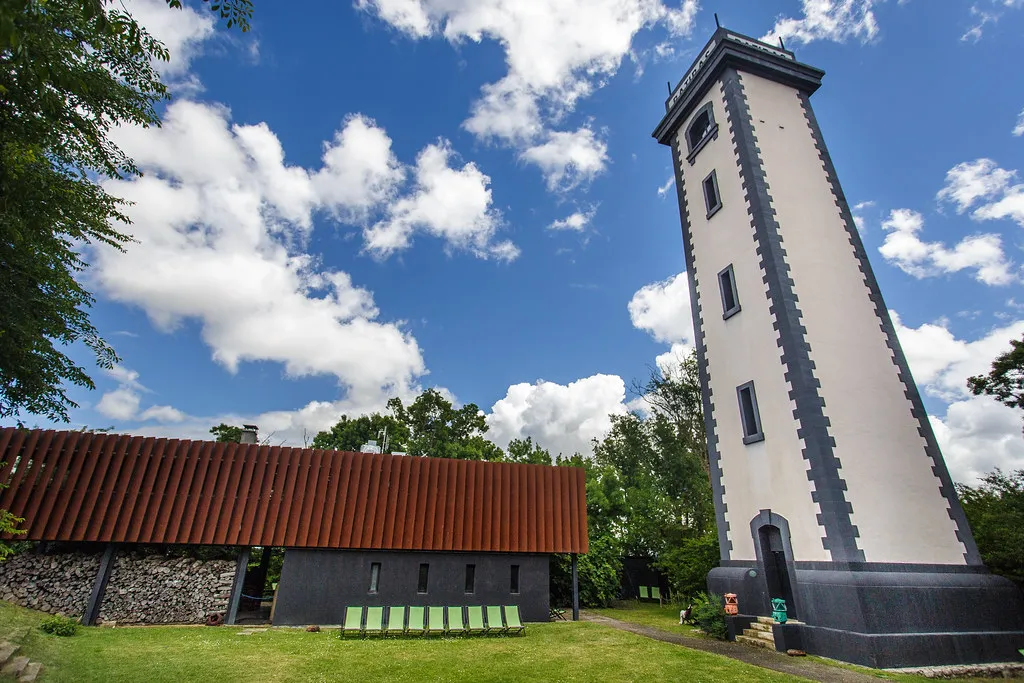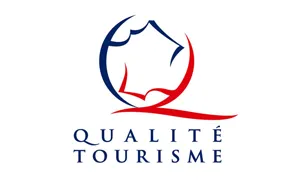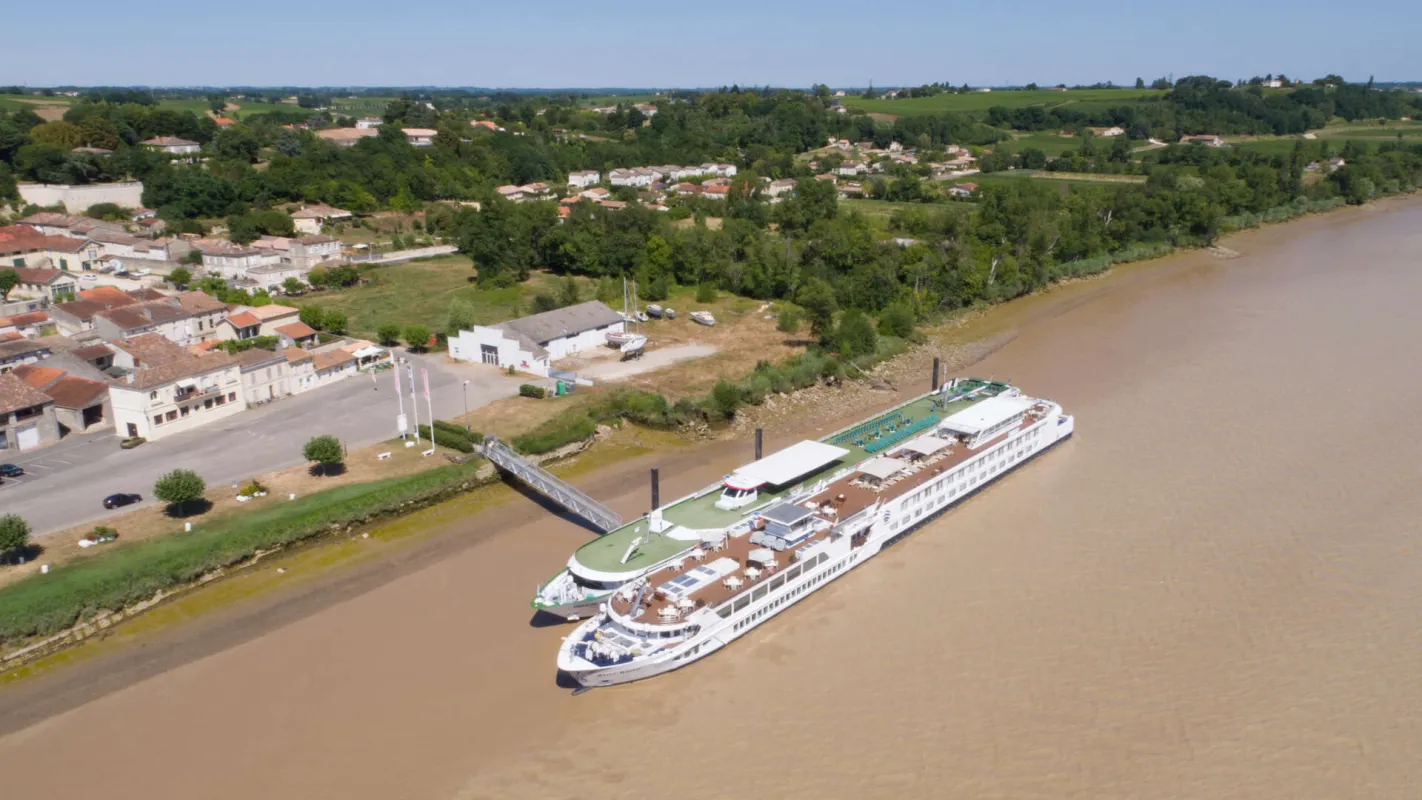
Head for the Gironde estuary
It’s the largest estuary in Europe. 75 km long and 12 km wide at its opening, the Gironde estuary covers 635 square kilometers. Once a prominent waterway, it remains home to astonishing historical remains: lighthouses, the Blaye citadel, forts.
The estuary is also home to a unique landscape and natural richness: marshes, islands, endemic species such as lamprey, wild sturgeon and, in terms of flora, Foucaud's oenanthe...
A unique and beautiful place that you simply must discover!
To get to the estuary from Bordeaux:
Four solutions:
- By boat with the companies Rivercruise, Burdigala or Marcopolo
- by bus on the 201 or 202 lines
- by car, approximately 2 hours from Bordeaux. Good to know: a ferry connects Verdon-sur-Mer to Royan, letting you journey all the way around the estuary!
- by bike: the “2 mers” canal connects Bordeaux to Royan via 150 kilometres of bike paths along the estuary. You can cross the river from Blaye to Lamarque aboard a free ferry.
What to see at the Gironde estuary:
The estuary strongholds
Of course, Vauban’s Blaye citadel sits on the right bank. But there is also Fort Pâté sitting on an island and Fort Médoc on the left bank.
Islands
You can visit three unspoiled, natural and wild islands: New Island (6.3km long between Pauillac and Blaye), Patiras Island (4.5 km long, opposite Pauillac) and Margaux Island (opposite Margaux, the smallest island spanning 25 acres)
Lighthouses
There is of course the well-known Cordoba lighthouse. But the estuary has a total of 10 lighthouses in all, with 5 open to the public: the Patiras lighthouse (31m high, 100 steps), the Coubre lighthouse (58m, 300 steps), the Saint-Georges-de-Didonne lighthouse (29m, 144 steps), the Richard lighthouse (18m, 63 steps) and the Grave lighthouse (28 m, 107 steps)
the Dipping Nets
They are the symbols of the estuary. Perched high on four pillars and equipped with large square nets, giving them their name, these huts remind us how important fishing used to be to the area. 600 of them sit on the banks of the Gironde estuary. In Jau-Dignac-et-Loirac, an educational version is open to visitors. In Vitrezay, one such structure is available to rent. Your opportunity to fish for some shrimp!
Vitrezay's Nature Centre
Its mission is to highlight and familiarize you with the richness of the estuary (fauna, flora, culture and history). Trails, fishing huts, a lake, showroom, restaurant, boat trips, playgrounds, a watchtower etc., activities for the whole family to enjoy are endless!
The cliffs and troglodyte caves
Magnificent limestone cliffs line the estuary from Bourg to Royan. Some were dug and carved out by men, as early as the Gallo-Roman period, and served as cave dwellings. In Gauriac, some thirty cave houses are visible, several of which are still occupied. In Meschers-sur-Gironde, the Regulus and Matata caves are set up for visitors. The Matata caves also serve as a hotel and creperie.
Where to eat at the estuary:
On the go
In many of the estuary’s marinas, you'll find tasty restaurants where you can enjoy good local products on the water's edge. Not to be missed is the port of Goulée in Valeyrac; the port of Saint-Vivien-de-Médoc; the Old Port in Verdon-sur-Mer and the port of Talais.
Gastronomic restaurants:
- On the left bank, the Douanier House in Saint Christoly serves dishes that are as enjoyable as its waterfront terrace.
- On the right bank, the hotel-restaurant L'Estuaire in Talmont-sur-Gironde also offers a beautiful view of the estuary and locally inspired dishes at reasonable prices.

